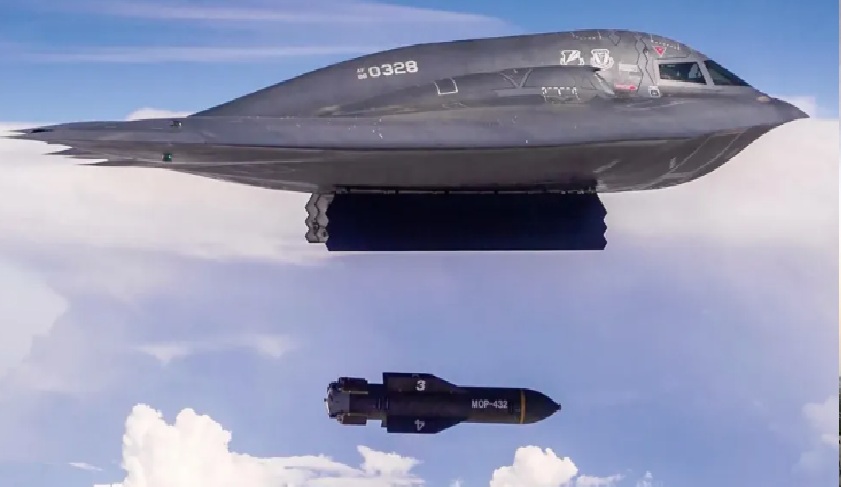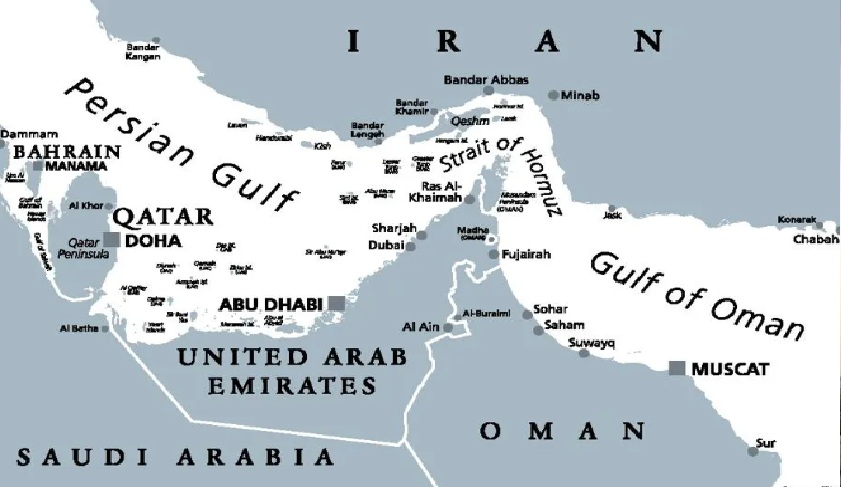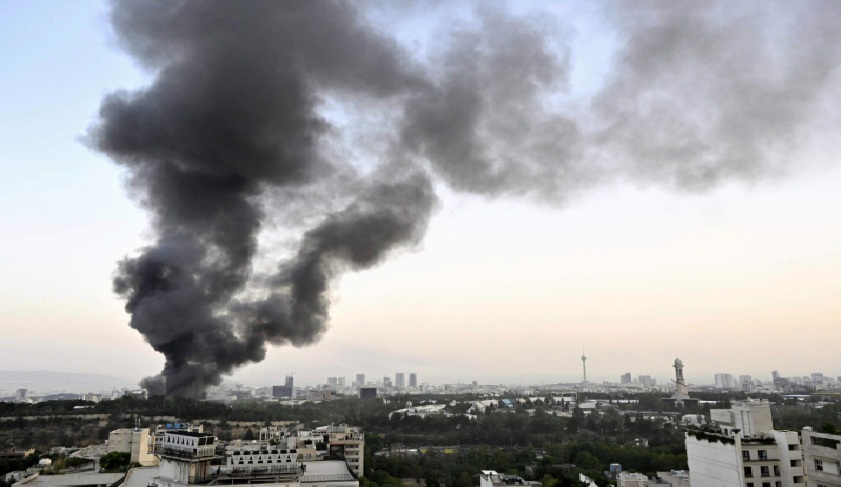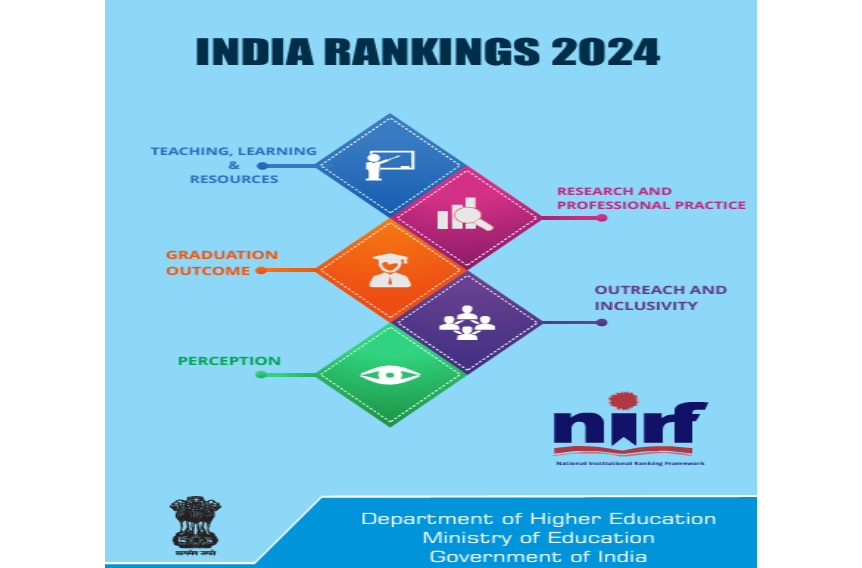On Sunday morning, June 22, the United States military launched strikes against three Iranian nuclear facilities, marking a significant escalation in the ongoing conflict between Israel and Iran. The attacks involved the use of advanced weaponry, including stealth B-2 bombers that deployed “bunker-busting” bombs designed to penetrate deep into the ground before exploding. One of the primary targets was the Fordow Uranium Enrichment Plant, located deep within a mountain.
This direct military intervention by the U.S. follows a period where the U.S. had primarily provided support to Israel in its attacks on Iran, including satellite-based intelligence on Iran’s nuclear program and assistance in shooting down drones and missiles. The U.S. action is seen as a full-fledged demonstration of its “iron-clad” support for Israel, which has consistently claimed that Iran is developing nuclear weapons and poses an “existential threat”.
President Trump confirmed the strikes, stating that the U.S. had attacked Iran’s main nuclear sites. He warned Iran against retaliation, asserting that any response would trigger further attacks unless Iran agreed to pursue peace. This move signifies a divergence from Trump’s long-standing political agenda of avoiding “endless wars,” as the U.S. has now directly entered a conflict zone.
The US bombing of Iran, a direct confrontation between two nations, has inevitably sent ripple effects across the globe, impacting various countries in multifaceted ways. Among these, India, a rising economic and geopolitical power with deep historical, economic, and strategic ties to the Middle East, stands to be significantly affected.
India’s foreign policy has historically been characterized by a delicate balancing act, particularly in regions marked by volatility. Its relationship with Iran is crucial for energy security, regional connectivity, and as a counterweight to other regional influences. Simultaneously, India has cultivated a robust strategic partnership with the United States and Israel, driven by shared interests in defense, technology, and counter-terrorism. This intricate diplomatic dance positions India in a precarious situation, where any escalation of U.S.-Iran hostilities could force difficult choices and present significant challenges to its national interests.
The recent US strikes on Iranian nuclear facilities have already triggered discussions and concerns about their potential ramifications. While the immediate focus remains on the direct military and political fallout, the broader implications for countries like India, which are deeply intertwined with the region’s stability and resources, warrant a detailed examination.

Geopolitical Context and India’s Balancing Act
India’s geopolitical strategy in the Middle East is a testament to its commitment to multi-alignment and strategic autonomy. It seeks to maintain cordial relations with all major players in the region, including the United States, Israel, and Iran, despite their often-conflicting interests. This approach is driven by a combination of historical ties, economic imperatives, and strategic considerations.
Historically, India and Iran share millennia-old ties, with diplomatic relations formally established in 1950. This long-standing relationship has been crucial for India’s energy security, with Iran being a significant oil supplier. Beyond energy, Iran plays a vital role in India’s regional connectivity ambitions, particularly through the Chabahar Port project. This port, located on Iran’s southeastern coast, is a strategic asset for India, providing a crucial gateway to Afghanistan and Central Asia, bypassing Pakistan. It also serves as a counterbalance to China’s influence in the region, particularly with the development of Pakistan’s Gwadar Port with Chinese assistance.
Simultaneously, India has forged a robust strategic partnership with the United States and Israel. This partnership encompasses defense cooperation, technology transfer, and intelligence sharing. India’s growing defense ties with Israel, in particular, have bolstered its military capabilities and aligned it more closely with the U.S.-led geoeconomic order in the region. This alignment is also seen as a strategy to counter China’s expanding footprint in the Middle East.
The challenge for India lies in navigating the escalating tensions between its key partners. The recent US bombing of Iran, even if framed as a limited strike, has inevitably exacerbated these tensions. The Trump administration’s executive order to modify or revoke India’s sanctions waiver for the Chabahar Port development underscores the pressure India faces to align with U.S. policy towards Iran. Such actions threaten not only India-Iran collaboration but also broader regional and economic partnerships, including the modernization of the 4,660-mile International North-South Transport Corridor (INSTC), a multimodal trade route linking India, Iran, Azerbaijan, Russia, Central Asia, and Europe.
The India-Middle East-Europe Economic Corridor (IMEC), conceived during the G20 summit in New Delhi, was envisioned as a strategic initiative to expand India’s economic footprint and balance competing regional interests. However, renewed U.S.-Iran tensions and instability in Gaza could jeopardize the IMEC’s viability, as its strategic foundations become fragile amidst deepening U.S.-EU divisions and regional instability. China’s growing financial leverage over Iran and the Gulf states further complicates
India’s strategic ambitions, as Beijing’s extensive economic partnerships with both Iran and key GCC states limit the IMEC’s ability to gain a strategic edge.
India’s self-proclaimed leadership of the Global South is also under scrutiny due to its position on the Israel-Palestine conflict. Its alignment with Israel and the U.S. risks eroding its credibility as a neutral power, potentially complicating its engagement with key IMEC partners and the broader Global South. This delicate balancing act will be severely tested in the event of a U.S. bombing of Iran, forcing India to navigate a complex diplomatic landscape while safeguarding its national interests.

Economic and Energy Implications
India, being a major oil importer, is particularly vulnerable to disruptions in global energy markets. The Indian rupee and government bonds would likely face considerable pressure due to concerns of higher oil prices and potential retaliation in the Middle East.
Analysts anticipate a substantial increase in oil prices, with some predicting an additional rise of $3 to $5 per barrel following a U.S. strike. Elevated energy prices are a major pain point for India, as oil constitutes a significant portion of its import bill. A $10 per barrel rise in crude oil could widen India’s current account deficit by 0.3 per cent of GDP and elevate inflation, eroding real yields. The Indian rupee could weaken against the U.S. dollar, potentially towards 87.50 in the near-term, prompting the Reserve Bank of India (RBI) to intervene to curb excessive volatility. While the RBI had recently reduced its inflation forecast and cut its key lending rate, international uncertainties might lead it to prioritize monetary easing to boost growth, though further cuts might be on hold.
One of the most critical concerns for India is the potential closure of the Strait of Hormuz. This crucial maritime passage handles 20 per cent of global oil and gas transportation, and its closure would severely impact global oil markets, especially Asian nations like India. India imports approximately 90 per cent of its crude oil, with over 40 per cent coming from Middle Eastern nations whose exports pass through the Strait of Hormuz. India receives about 2 million barrels per day (bpd) of crude oil through this strategic waterway.
However, experts suggest that India’s position remains somewhat secure due to its diversified import strategy. Alternative suppliers, including Russia, the United States, and Brazil, offer viable options to maintain supply continuity. Russian oil supplies, in particular, remain unaffected by Hormuz-related disruptions as they utilize alternative routes. Russia has, in fact, become a significant oil supplier to India, with current imports exceeding the total imports from Middle Eastern nations. Similarly, India’s primary gas supplier, Qatar, delivers without using the Strait of Hormuz for Indian shipments, and additional LNG sources from Australia, Russia, and the U.S. remain accessible.
Furthermore, India possesses strategic petroleum reserves that cover 9-10 days of imports, providing a buffer against immediate supply gaps. To control inflation during price surges, particularly for diesel and LPG, the Indian government maintains the option of implementing price subsidies. Despite these mitigating factors, increased tensions in the region could lead to short-term oil price fluctuations, potentially pushing prices towards $80 per barrel or even $90 if the Strait of Hormuz is closed. The economic stability of India would undoubtedly be challenged by such a scenario, requiring robust policy responses to mitigate the adverse effects.
Strategic and Security Implications
The strategic and security implications for India stemming from a U.S. bombing of Iran are profound and multifaceted. The immediate concern revolves around regional stability and the potential for a wider conflict that could engulf the Middle East. India has significant strategic interests in the region, including the safety of its diaspora, counter-terrorism efforts, and maintaining freedom of navigation in critical maritime routes.
The Strait of Hormuz, as previously discussed, is not just an economic lifeline but also a critical strategic choke point. Any disruption to its flow would not only impact India’s energy security but also its broader maritime trade and security interests. While India has diversified its oil sources, a prolonged closure or significant instability in the Strait would necessitate costly and time-consuming alternative shipping routes, impacting supply chains and increasing freight costs.
Beyond energy, India’s strategic investments in projects like the Chabahar Port and the INSTC would face severe setbacks. These projects are vital for India’s regional connectivity, providing access to Afghanistan and Central Asia, and bypassing Pakistan. A conflict in Iran could halt or significantly delay these projects, undermining India’s strategic outreach and economic integration efforts in the wider Eurasian region.
The security of the Indian diaspora in the Middle East is another paramount concern. Millions of Indian expatriates reside and work in the Gulf countries, and their safety and well-being would be directly threatened by any escalation of hostilities. Mass evacuations, as witnessed during previous regional crises, would pose immense logistical and financial challenges for the Indian government. The economic impact of remittances from these workers, a significant source of foreign exchange for India, would also be severely affected.
From a broader security perspective, a U.S. bombing of Iran could lead to increased radicalization and instability in the region, potentially fueling extremist groups and cross-border terrorism. This would have direct implications for India’s internal security, given its proximity to the region and existing challenges with radical elements. India has historically been a target of terrorism, and any further destabilization in its extended neighborhood would exacerbate these threats.
Furthermore, the conflict could intensify the proxy wars in the region, drawing in various state and non-state actors. This would create a more volatile and unpredictable security environment, making it challenging for India to pursue its strategic objectives and maintain regional peace. The potential for Iran to retaliate against U.S. interests or its allies in the region, including those with close ties to India, would add another layer of complexity to India’s security calculus.
Historical Precedents
Examining historical precedents of U.S. military interventions in the Middle East provides valuable insights into the potential consequences of the recent bombing of Iran. The U.S. has maintained a significant military presence in the Middle East for decades, often intervening in response to perceived threats or to protect its interests and allies. These interventions, while sometimes achieving short-term objectives, have often led to unintended consequences, including prolonged instability, the rise of new extremist groups, and a deepening of anti-American sentiment.
For instance, the 2003 invasion of Iraq, based on the premise of Iraq possessing Weapons of Mass Destruction (WMDs) that were never found, led to a protracted conflict, widespread instability, and the emergence of ISIS. This historical context raises questions about the long-term efficacy and unintended repercussions of military action in complex geopolitical environments. Some analysts draw parallels between the current situation and the Iraq war, questioning the premise of the U.S. attacks on Iran’s nuclear facilities and highlighting the potential for similar destabilizing outcomes.
Experts also note the weakening of the Iranian regime, which could lead to further instability and even speculation about regime change. The “ghosts of Iraq” are invoked, reminding observers of the dubious track record of U.S. interventions in the region and the potential for unintended consequences. The deepening turmoil in the Middle East is a significant concern, with experts anticipating a strong Iranian response that could further destabilize the region.
India’s official stance, as reiterated by Prime Minister Narendra Modi, emphasizes “dialogue and diplomacy” and calls for the restoration of peace and stability in the region. Prime Minister Modi has expressed “deep concern at the recent escalations” and reiterated India’s call for “dialogue and diplomacy” as the path forward. He emphasized the need for an early restoration of peace, security, and stability in the region



